Maharashtra Switch to Hindi
WAVES 2025
Why in News?
The Ministry of Information and Broadcasting, Government of India, is organizing the WAVE (World Audio Visual & Entertainment) Summit in Mumbai from 1-4 May 2025.
Key Points
- About WAVES Summit 2025:
- WAVES is India's first global-scale platform focused on the Media and Entertainment (M&E) sector.
- The summit will bring together industry leaders, innovators, investors, and policymakers to foster collaboration and shape the future of M&E.
- Key sectors in focus include broadcasting, films, gaming, animation, visual effects, music, advertising, digital and social media, generative AI, AR/VR/XR, among others.
- WAVES aims to position India as a global hub for creative content, IP generation, and M&E innovation.
- Anti-Piracy Challenge:
- The Ministry of Information and Broadcasting also has announced the finalists of the Anti-Piracy Challenge, a flagship initiative under the Create in India Challenge Season 1 of the WAVES Summit 2025.
- Objective:
- The challenge was launched on 12 September 2024, with the goal of promoting Make in India technologies to combat digital piracy.
- It focused on cutting-edge anti-piracy technologies like fingerprinting, watermarking, blockchain, and steganography.
- The initiative aims to strengthen India’s digital ecosystem by encouraging homegrown innovation in content protection.
- The top 7 teams will present their solutions during the WAVES 2025 Summit in front of a live audience and a final jury panel.
- Winners will be honored at the Grand Finale, with opportunities for national recognition, mentorship, and industry partnerships.
- Anti-Piracy Innovation Importance:
- According to Media Partners Asia, 90 million users in India engaged in video piracy in 2024, causing losses of USD 1.2 billion. This number could surge to 158 million by 2029 without strong intervention.
- Digital content faces increasing threats from piracy, illegal distribution, and manipulation, which affects content creators, broadcasters, and IP rights holders.
- Criminal networks continue to evolve, making enforcement and detection more complex—hence the urgency for technological solutions.
- Strategic Support and Industry Involvement:
- The challenge was conducted by Confederation of Indian Industry (CII) with support from IPHouse, Tata Consultancy Services (TCS), and Hack2Skill.
- These organizations played a key role in evaluation and industry engagement.
Confederation of Indian Industries
- CII is a non-government, not-for-profit, industry-led and industry-managed organization.
- It works to create and sustain an environment conducive to the development of India, partnering industry, Government and civil society, through advisory and consultative processes.
- Founded in 1895, it is headquartered in New Delhi.


Maharashtra Switch to Hindi
SC Upholds Use of Urdu Signboards in Maharashtra
Why in News?
On 17 April 2025, the Supreme Court upheld the use of Urdu on the signboard of a municipal council building in Maharashtra’s Akola district, stating that a language belongs to a community, a region, and its people—not to any religion.
Key Points
- About the Petition:
- The petition was filed by a former municipal councillor, who argued that only Marathi should be used under the Maharashtra Local Authorities (Official Languages) Act, 2022.
- Equal Constitutional Status:
- The court ruled that both Urdu and Marathi enjoy equal constitutional recognition.
- It noted that the use of Urdu does not violate any legal provision and that the Municipal Council had been using it since 1956 due to its wide acceptance among the local population.
- The court denounced the colonial legacy of associating Hindi with Hindus and Urdu with Muslims.
- The court also observed that the Municipal Council used Urdu for effective communication with the local population, aligning with the Bombay High Court’s earlier reasoning.
Urdu
- Historical Background
- Urdu had developed and flourished in Delhi during the period of ‘Delhi Sultanate’ from 12th to 16th century and then during the period of ‘Mughal Empire’ in Delhi from 16th century to 19th century when several court poets used this language in their great poetry and writings.
- Its first major folk poet Amir Khusrau (1253-1325), composed dohas (couplets) and riddles in the newly-formed speech, then called Hindavi.
- The divide between Urdu and Hindi occurred under the colonial impact.
- Hindi and Urdu got split along religious lines with Hindi in Nagari script becoming identified with Hindus, and Urdu in Persian script identifying with Muslims.
- Contemporary Context: Urdu is a major language of South Asia.
- It is spoken in countries including India, Pakistan, Afghanistan, Bangladesh, and Nepal.
- It has become the culture language and lingua franca of the South Asian Muslim diaspora outside the sub-continent, especially in the Gulf and the Middle East, Western Europe, Scandinavia, USA and Canada.
- Urdu had developed and flourished in Delhi during the period of ‘Delhi Sultanate’ from 12th to 16th century and then during the period of ‘Mughal Empire’ in Delhi from 16th century to 19th century when several court poets used this language in their great poetry and writings.
- Status in India:
- Scheduled Language: Urdu is one of the languages mentioned in the 8th Schedule to the Constitution.
- The Constitutional provisions relating to the 8th Schedule are articles 344(1) and 351.
- Presently, 8th Schedule consists of the 22 languages namely (1) Assamese, (2) Bengali, (3) Gujarati, (4) Hindi, (5) Kannada, (6) Kashmiri, (7) Konkani, (8) Malayalam, (9) Manipuri, (10) Marathi, (11) Nepali, (12) Oriya, (13) Punjabi, (14) Sanskrit, (15) Sindhi, (16) Tamil, (17) Telugu, (18) Urdu (19) Bodo, (20) Santhali, (21) Maithili and (22) Dogri.


Maharashtra Switch to Hindi
Hindi as Compulsory 3rd language in Maharashtra
Why in News?
The Maharashtra government has made Hindi a compulsory third language for Classes I to V in Marathi and English medium schools, aligning with the National Education Policy (NEP) 2020.
Key Points
- National Education Policy 2020:
- About:
- The National Education Policy (NEP) 2020 aims to address India's evolving development needs by overhauling the education system to meet 21st century goals and Sustainable Development Goal 4 (SDG4), while preserving India's cultural heritage.
- It replaced the National Policy on Education, 1986, which was modified in 1992.
- Salient Features:
- Universal Access: Focuses on providing access to education from preschool through secondary levels.
- Early Childhood Education: Transitions from the 10+2 to a 5+3+3+4 system, including children aged 3-6 in the school curriculum with an emphasis on Early Childhood Care and Education (ECCE).
- Multilingualism: Promotes using mother tongues or regional languages as the medium of instruction up to Grade 5, with options for Sanskrit and other languages. Indian Sign Language (ISL) will be standardised.
- Inclusive Education: Emphasises support for Socially and Economically Disadvantaged Groups (SEDGs), children with disabilities, and the establishment of "Bal Bhavans."
- Gross Enrolment Ratio (GER) Enhancement: Aim to raise the Gross Enrolment Ratio from 26.3% to 50% by 2035, adding 3.5 crore new seats.
- About:
Hindi Language
- Articles Related to Hindi: Article 210 states that the language to be used in the legislature can be the official language of the state, Hindi, or English.
- Article 351 states that it shall be the duty of the Union to promote the spread of the Hindi language, to develop it so that it may serve as a medium of expression for all the elements of the composite culture of India.
- Hindi is one of the 22 languages listed in the eighth schedule of the Constitution of India and It is not a classical language.
- The language is named after the Persian word 'Hind' meaning 'land of the Indus River' and is a descendant of Sanskrit.



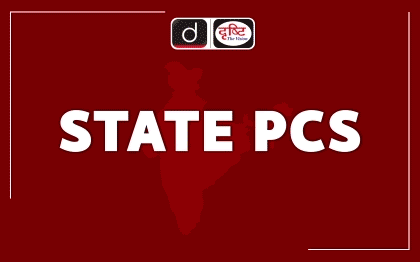
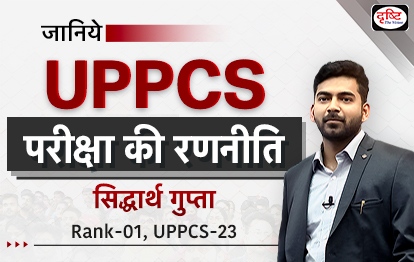

%20MPPCS%202025%20Desktop%20E.jpg)
%20MPPCS%202025%20Mobile%20E%20(1).jpg)

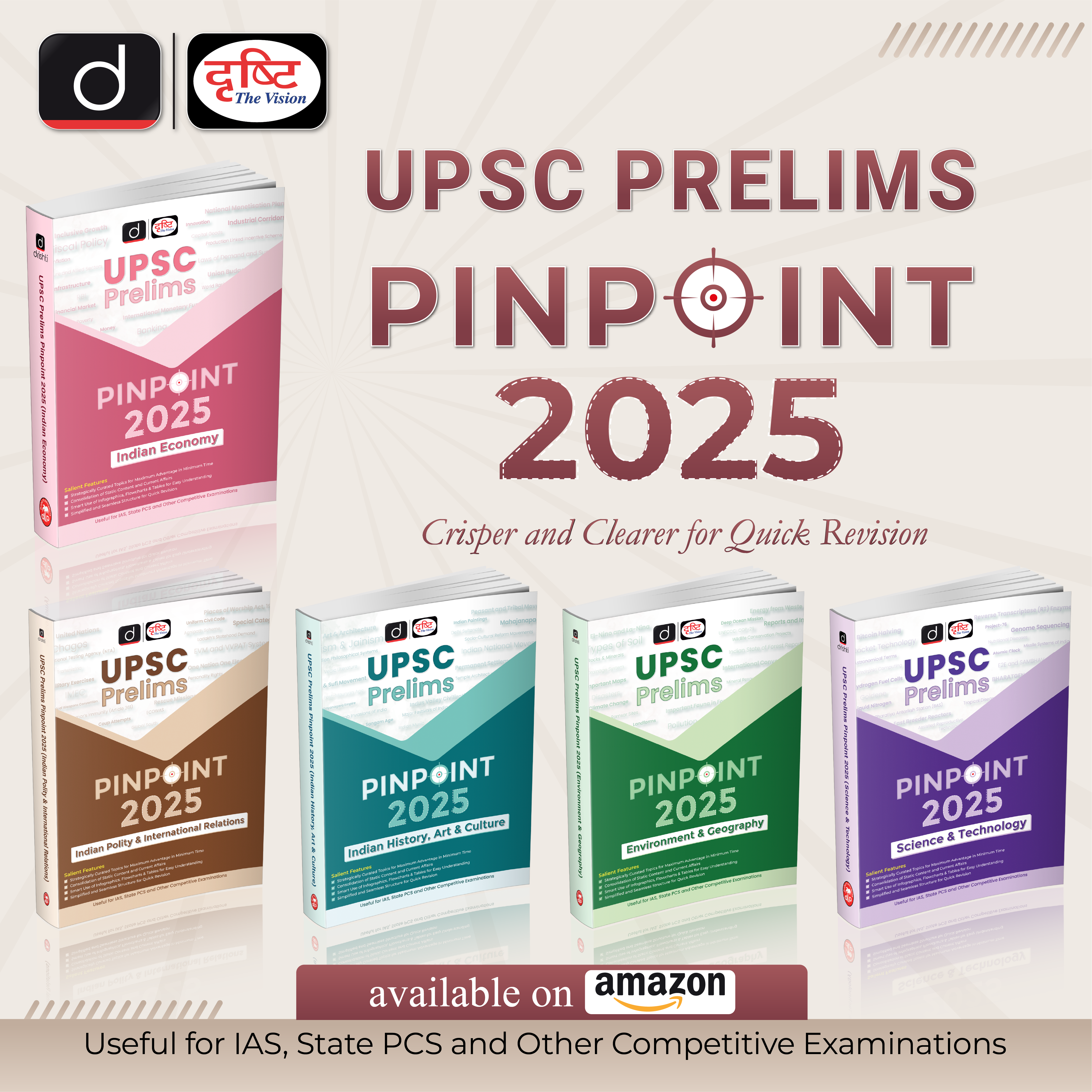







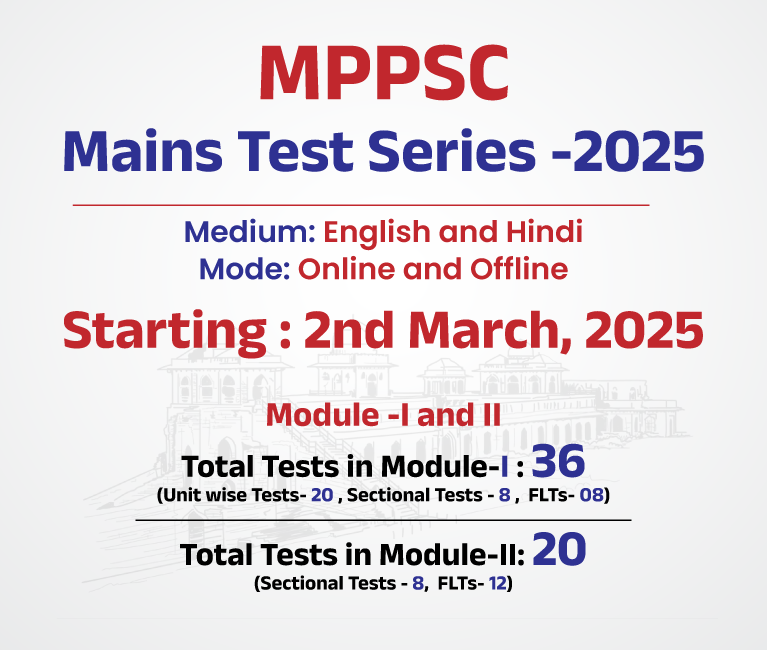
.png)
.png)

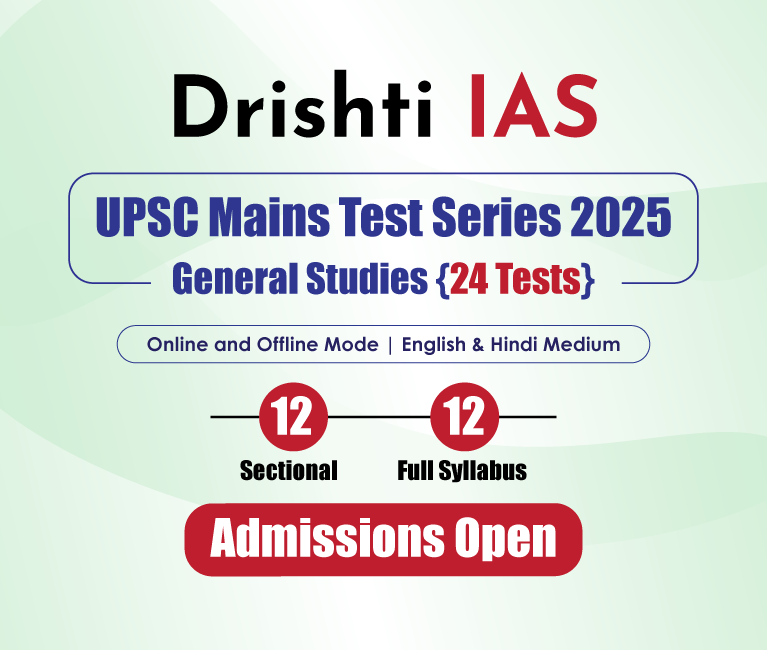

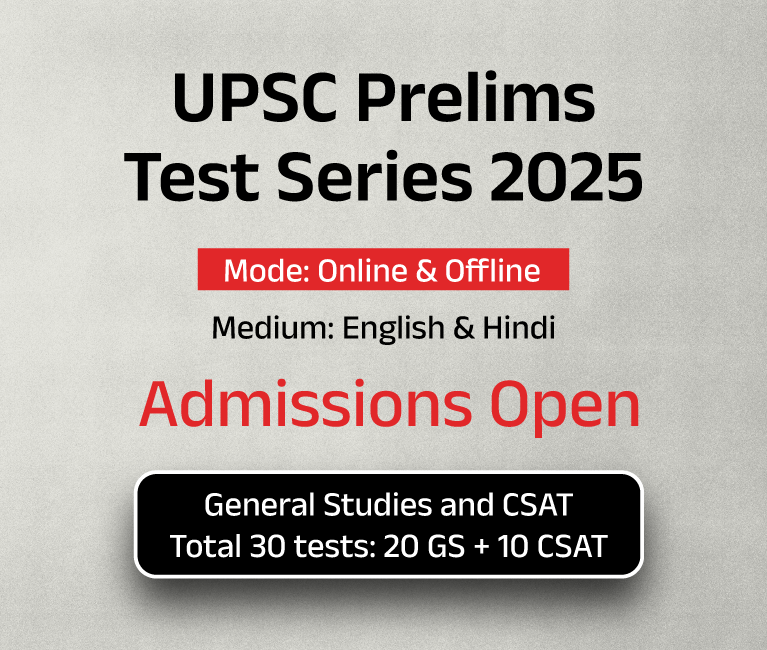

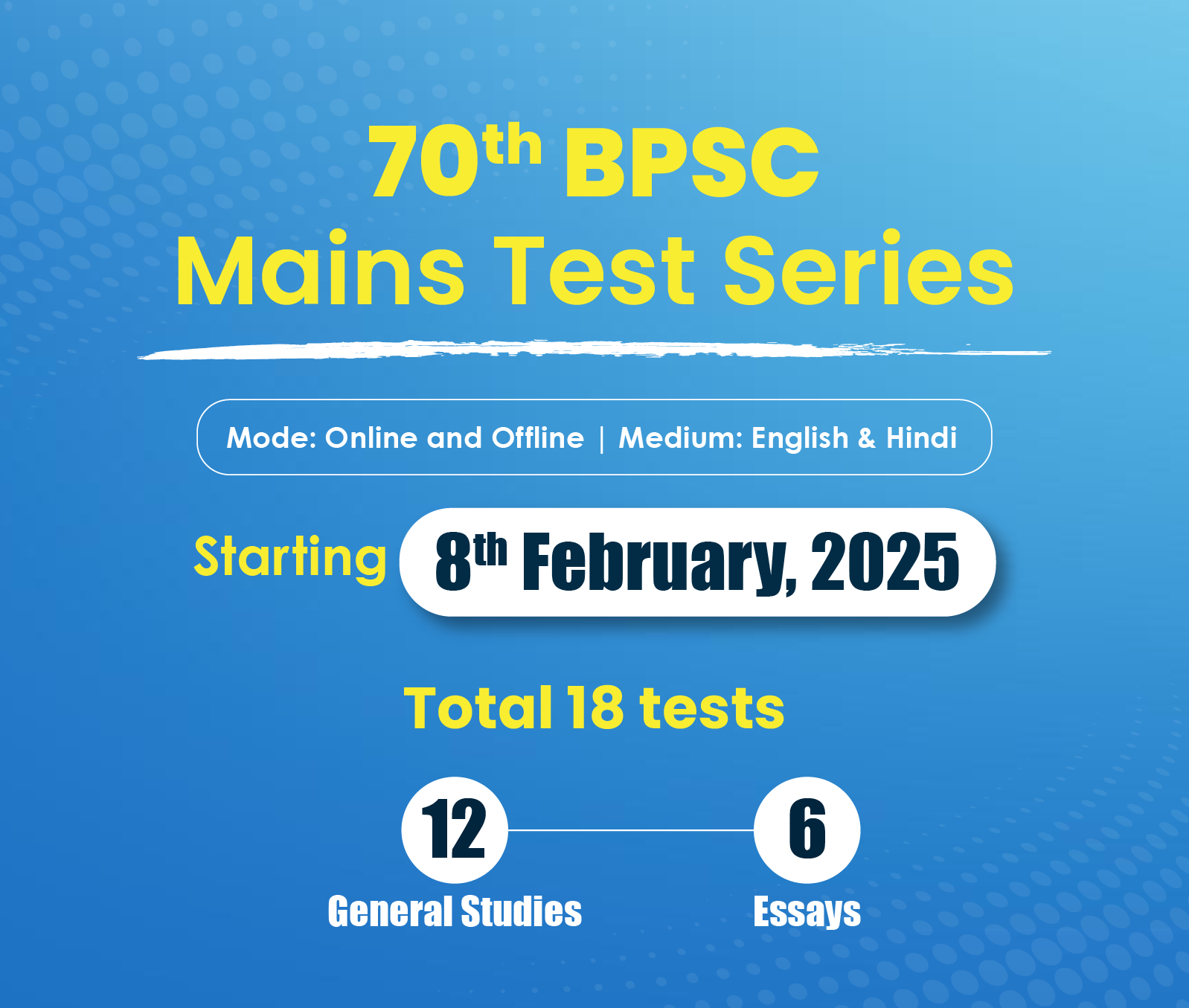





 PCS Parikshan
PCS Parikshan

